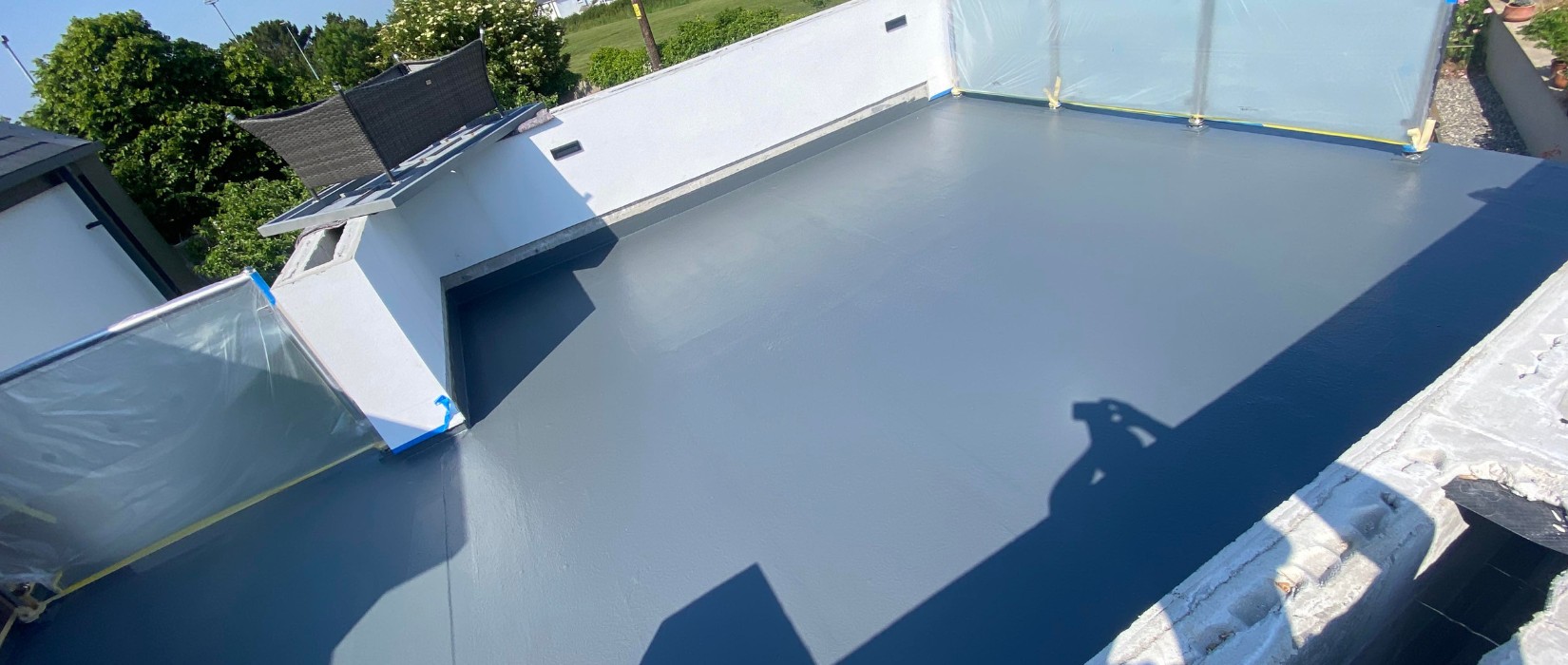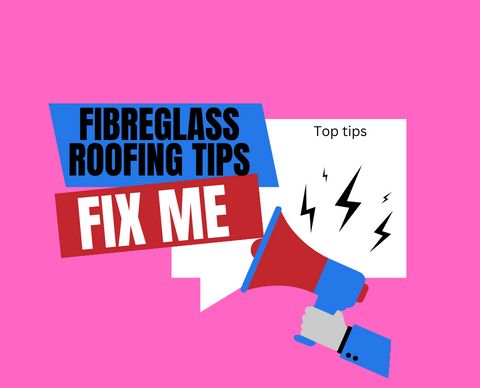Contents
- 1 No1 Fibreglass Roofing Tips
- 2
- 2.1 1. No1 Fibreglass Roofing Tips: Weather Considerations
- 2.2 2.No1 Fibreglass Roofing Tips: Board Preparation Read more here on board install
- 2.3 3. Temperature Management
- 2.4 4. Knowledge Gathering
- 2.5 5. Material Preparedness
- 2.6 6. Double Batten Drip Edge
- 2.7 7. Router the Timber OSB Board
- 2.8 8. Bandaging Joints and Trims
- 2.9 9. Laminate Corners with CSM Matting
No1 Fibreglass Roofing Tips
Comprehensive No1 Fibreglass Roofing Tips for a Successful Installation
Embarking on a fibreglass roofing project requires careful planning and execution to ensure a durable and watertight finish. Here are some extensive fibreglass roofing tips to guide you through the process:
1. No1 Fibreglass Roofing Tips: Weather Considerations
- Clear and Dry Conditions: Plan your fibreglass roofing project on days with clear, dry weather. Use reliable weather apps like MET OFFICE to ensure accurate forecasts and avoid any unexpected rain during the installation.
2.No1 Fibreglass Roofing Tips: Board Preparation Read more here on board install
- Timely Board Fitting: Install boards on the same day as the main laminate to guarantee they are dry and can be quickly sealed with resin. This helps in achieving a solid and seamless bond.

3. Temperature Management
- Ideal Resin and Topcoat Storage: If it’s cold, store resin and topcoats at room temperature for optimal wet-out and correct viscosity. In hotter conditions, keep the products in the shade to prevent accelerated curing, ensuring you have sufficient time for a smooth application.
4. Knowledge Gathering
- Educate Yourself: Acquire valuable insights from GRP experts or refer to detailed how-to guides and videos available on websites like CRS. Knowledge is key to a successful fibreglass roofing project.
5. Material Preparedness
- Check Supplies: Ensure you have enough resin, topcoats, matting, and tools on-site. Verify the contents upon delivery and address any discrepancies promptly.
6. Double Batten Drip Edge
- Timber Overhang: Double batten the drip edge with 2×1 treated timber to provide sufficient overhang into gutters. Overhanging the OSB and trimming flush to the edge of the timber batten can prevent costly issues. Step the second batten down 5mm to accommodate the fibreglass trim curve.
7. Router the Timber OSB Board
- Avoid Ponding: Router the timber OSB board on the drip edge, ensuring trims sit flush to the deck. Maintain a 3mm requirement, fitting the batten first and measuring back 75mm from the edge.
8. Bandaging Joints and Trims
- Efficient Bandaging: Bandaging joints and trims can be challenging but is crucial. Dry cut first, wet the area covered with CSM matting, lay down tapes, and apply the main laminate over the top during the same process.
9. Laminate Corners with CSM Matting
- Corner Reinforcement: Laminate corners with CSM matting before starting on the main areas of the deck. Sand any protruding elements when the resin is fully cured, checking for pinholes and applying additional resin if needed.
These fibreglass roofing tips aim to guide you through the essential aspects of a successful installation. For further assistance and support, feel free to reach out via email or telephone. Your roofing project’s success depends on meticulous planning and adherence to these proven tips.
Common Q&A for No1 Fibreglass Roofing Tips:
Q1: Is fibreglass roofing suitable for all weather conditions? A1: Yes, fibreglass roofing is known for its excellent weather resistance. It performs well in various climates, enduring extreme temperatures, UV radiation, and harsh weather conditions.
Q2: How long does a fibreglass roof typically last? A2: A well-installed fibreglass roof can last for several decades, often exceeding 25 years with proper maintenance. Its longevity is a key benefit.
Q3: Can I install a fibreglass roof myself, or should I hire a professional? A3: While DIY installation is possible for those with experience, hiring a professional ensures proper application and adherence to best practices, minimizing the risk of issues.
Q4: How do I repair a damaged fibreglass roof? A4: Small punctures or tears can be patched using fibreglass repair kits. For larger damages, it’s recommended to consult a roofing professional for a thorough assessment and repair.
Q5: Are there colour options for fibreglass roofing? A5: In 2024, fibreglass roofing offers an extensive colour palette, providing homeowners and businesses the flexibility to match their roofs with the overall aesthetics of their properties.
Q6: No1 Fibreglass Roofing Tips. Can fibreglass roofing be installed on different architectural styles? A6: Yes, one of the striking features of fibreglass roofs is their versatility in design. Whether your architectural vision leans towards a sleek modern look or a more traditional style, fibreglass roofing can be moulded to suit your preferences.
These common Q&As provide additional insights into fibreglass roofing, covering topics from installation and repairs to its durability and versatility in design. If you have more specific questions, feel free to reach out for further guidance.
Check out our grp user guide for more information








